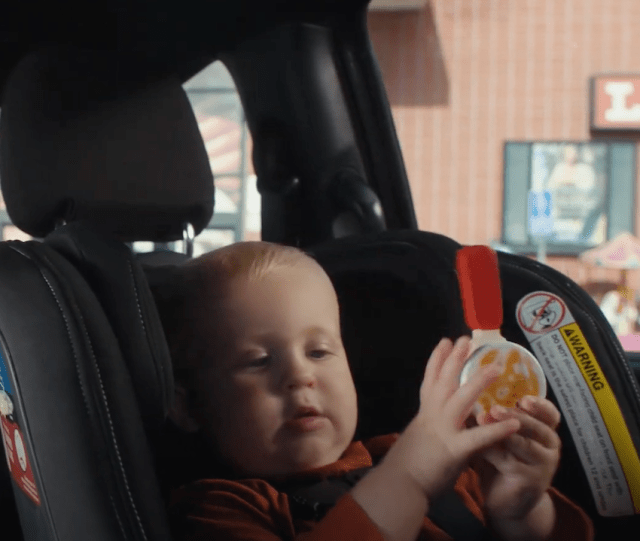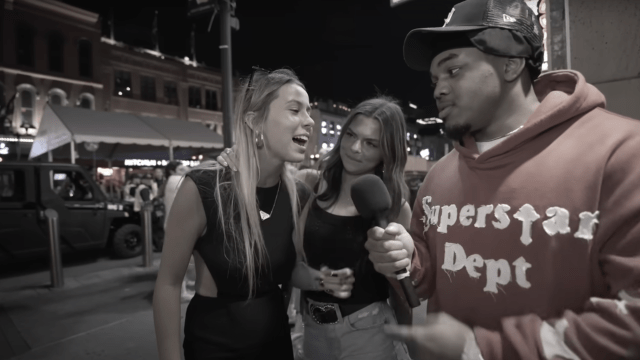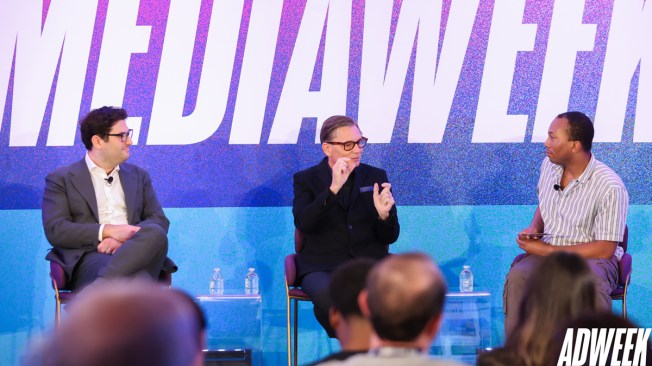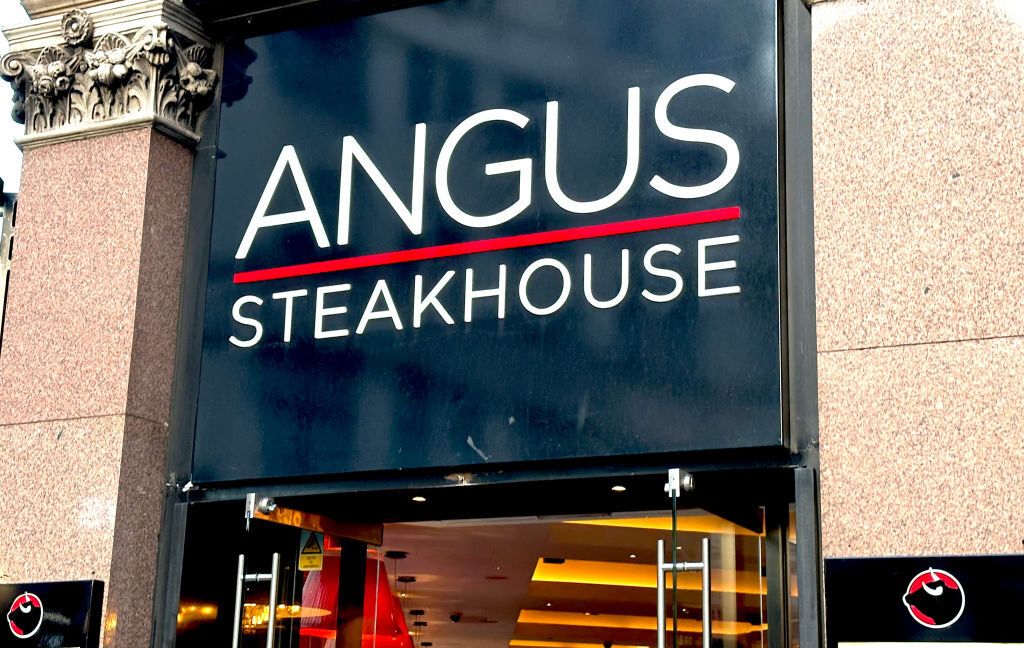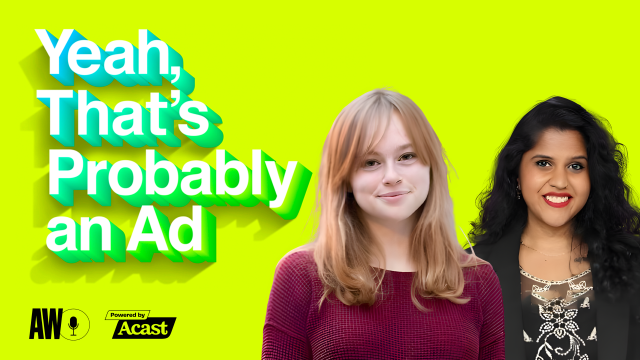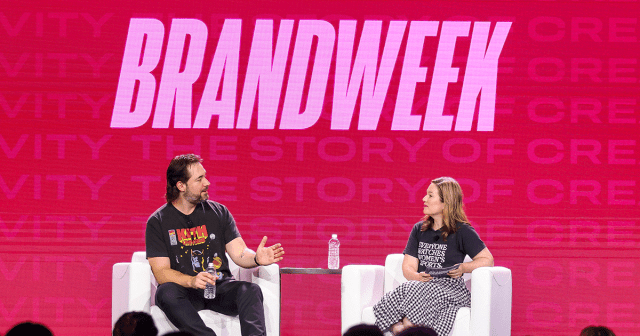Brands Must Lead the Way in Protecting Children’s Privacy
ADWEEK House is headed to Las Vegas on January 8! Our house is your house to unwind, recharge and network during the industry’s largest consumer tech moment. RSVP.
As a typical millennial, I was an early adopter of Facebook—back when it required a college email. I uploaded every photo from the previous night’s shenanigans with captions like “CrAzI NiGhTz In SF!” At that time, I had little regard for privacy—my own or others’. This level of oversharing felt normal, even integral to my identity.
However, as I matured, my perspective shifted. What once seemed harmless became a point of concern, particularly about our online presence persisting indefinitely. Will my early 2000s indie pop-punk selfies be available for everyone to see, forever? What if I want to, say, start my own business? Will I be accepted for who I was when I was in my early 20s?
The true awakening came when I became a parent. Proudly sharing photos of my babies online made me realize the implications of doing so without their consent. Even with a private Instagram account reserved for family and close friends, my maternal instincts to monitor what I share often feel insufficient. I’ve taken all their photos off Facebook, but I still find myself questioning if that’s enough. If I don’t post, will they wonder if I loved them? If I do post, will they resent me?
This topic can be sensitive, emotional, and complex. No parent is perfect, and each family must navigate these challenges in their own way. For my family, the concern about our children’s future traumas is palpable, especially as millennials strive to break the cycle of generational trauma. My husband and I are, more often than not, wondering what the next big “bad parenting” issue will be and if our children will point at us when it’s uncovered. That’s why it’s crucial that we address the issue of children’s privacy in the digital age and its intersection with marketing.
Research highlights the gravity of this issue: A 2023 survey by the American Academy of Pediatrics revealed that 60% of parents share images of their children online without fully considering the potential long-term privacy impacts. Moreover, 70% of teens expressed discomfort with how their parents manage their online presence. Another recent study found that 92% of children in the U.S. have some sort of online presence before the age of 2.
Once a photo is out there, it’s almost impossible to control where it ends up or who sees it. With the rise of AI technologies, these photos can be exploited for targeted marketing or manipulated for more troubling purposes, such as online predation or deepfakes. Our kids’ unease about their digital presence could lead to an overall lack of trust regarding privacy. These are the things that keep me up at night.
I was baffled by how a campaign like the 2022 Balenciaga scandal could ever be approved. Having worked within rigorous campaign standards, I couldn’t fathom how this oversight occurred—unless, of course, no one saw it as problematic, or they simply didn’t care, or, even worse, they thought it would be great PR. Witnessing that campaign sparked the idea for Grip Baby, the first baby brand ever to refuse to profit from the images of children. There was no blueprint for the brand, but I was determined to make it happen.
Digital privacy will inevitably be a significant issue for our children. We are the adults in the room—we must do better in protecting them from online predators, because even the most innocuous photos can end up in places we could never and would never want to imagine. Here’s how brands can commit to ethical marketing and seek innovative ways to promote their products without exploiting children.
Prioritizing child privacy
Before launching a campaign, brands should evaluate if including children’s images is completely necessary. If children are featured, obtain explicit parental consent, clearly outline how images will be used, and secure the content against third-party access. Lego, for example, has strict guidelines for using images of children in all campaigns and often refrains from showcasing faces in user-generated content on social media, focusing instead on creativity and play.
Brands can avoid showing children’s faces altogether by opting for creative angles or focusing on hands or silhouettes. They can anonymize children’s information, not tagging or identifying them by name or other personal details, to help protect their digital footprint. Target’s marketing often does this well by including diverse representations of family dynamics without personal identifiers, focusing more on products than individuals.
Embracing ethical marketing
Brands can establish a “no child exploitation” policy that prohibits using children’s images in exploitative or misleading ways. This could involve restricting retouching and respecting the authenticity of children’s lives by banning language or imagery that imply unrealistic expectations or “perfect childhood” ideals. Dove extended its “Real Beauty” campaign to children through Dove Kids without altering children’s appearances or suggesting unrealistic beauty standards, which helped set a benchmark for ethical marketing.
Emphasize messages around family values, community, and empowerment without directly showcasing children. Instead, tell stories that convey support, learning, or care, underscoring that your products are intended to enrich family life in a nonintrusive way. Ikea campaigns often feature inclusive family moments without drawing focus on individuals. By highlighting shared experiences, Ikea promotes family values without needing to center on children’s faces or identities.
Getting creative
Brands can reimagine product-centric storytelling by challenging creative teams to design campaigns that focus on a product’s features, functionality, or impact rather than on child models. This might involve playful product demonstrations or animations that capture children’s imaginations without a real child’s image being used. Illustrated characters or animated scenes can be effective in engaging young audiences and parents alike: Storybook-style ads or mascots can represent the product’s benefits in ways that are engaging and privacy-conscious.
Crayola frequently features vibrant animations and visual storytelling that emphasize creativity and color, inviting children to participate without needing direct exposure of children in campaigns. Additionally, Goldfish uses its animated characters in commercials, creating a playful, child-friendly brand image without featuring real children at all, which allows for endless creativity while protecting privacy.
Leading by example
Brands should set up ethical standards internally around the use of children in media and make these guidelines public to influence industry norms. This commitment to transparency could be built into the brand’s values, sending a message to both consumers and competitors about the importance of privacy and respect in advertising.
Partnering with advocacy groups focused on children’s rights and privacy also reinforces a brand’s commitment to child safety. These collaborations can lead to campaigns or certifications that highlight a brand’s dedication to ethical standards while raising awareness among consumers. Lego has partnered with UNICEF on child safety initiatives, taking a visible stance on children’s welfare and setting an industry standard that inspires other brands to prioritize ethical considerations.
By embracing these principles, brands can foster a more ethical future for marketing, setting a foundation that prioritizes children’s well-being in the digital age. Together, we can ensure children’s privacy is paramount.
https://www.adweek.com/brand-marketing/brands-must-protect-childrens-privacy/


